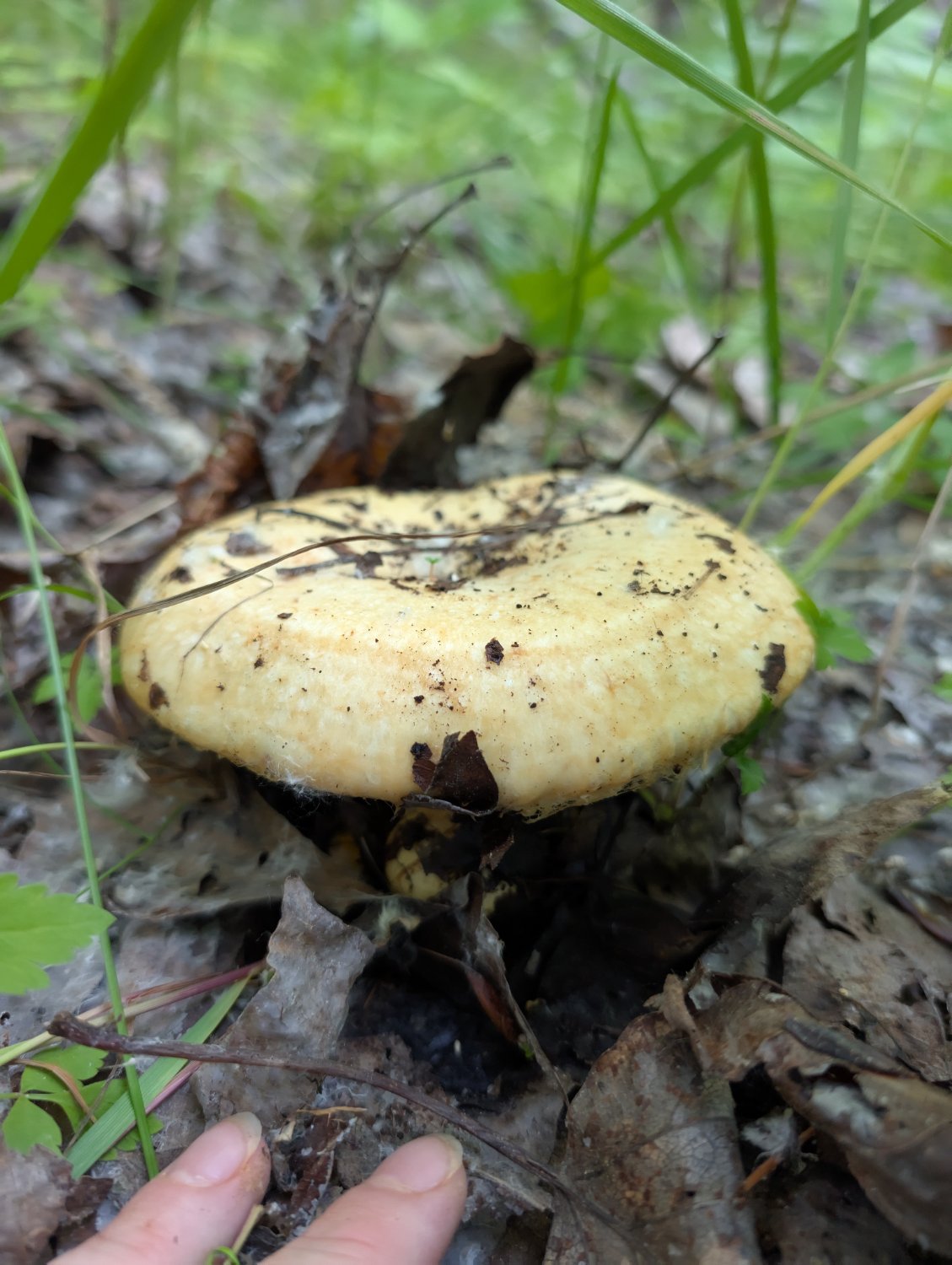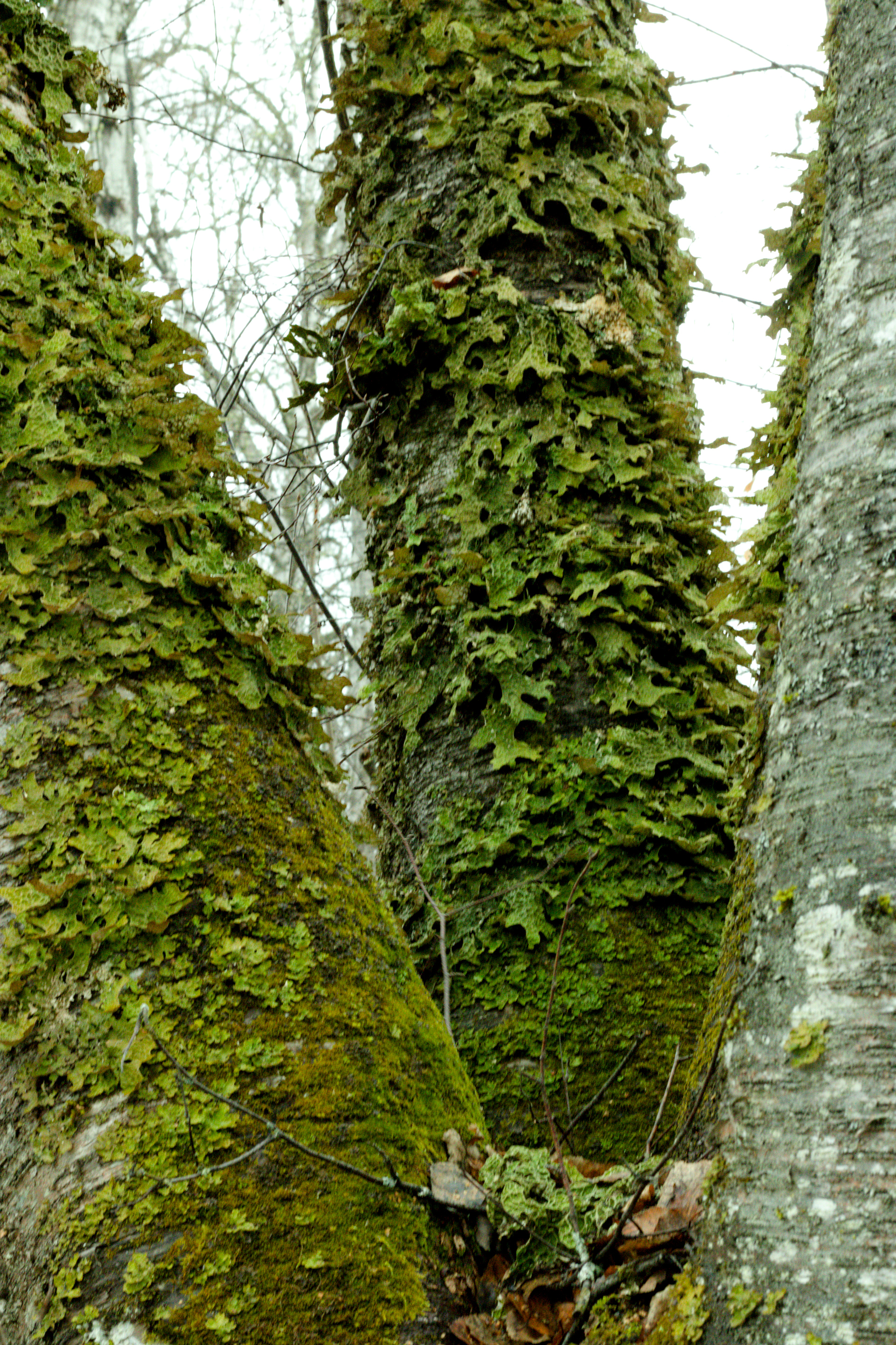
Thanks, definitely a contender. The spot test could have been +yellow and just looked darker or simply wet because of the already yellow surface. The cap colour did look a lot more yellow than L. cascadensis/L. cordovaensis but seeing as there are so few available photos of those, it may not mean much (and some of the descriptions did mention a buff colour). Not sure if I'll get back to my spot before they're gone but I'll see if I can grab another for storage and another spot test.
Leave it to me to miss such a big detail, found in central British Columbia, Canada.
I did the spot test within 30 mins of picking, my KOH is 5% but a few months old so could be starting to lose its juice. L. repraesentaneus does seem the best fit, the spruce population was definitely lacking in the area but there were some within 20 metres or so.
Still getting the 'brain zaps' 3 years after quitting escitalopram (which when I first quit felt like someone gripping my head and shoving it forward really roughly but now just kind of feels like a muscle spasming in my brain?). No one believed me and, no offense to anyone who takes them, but I'll never do that to myself again.















